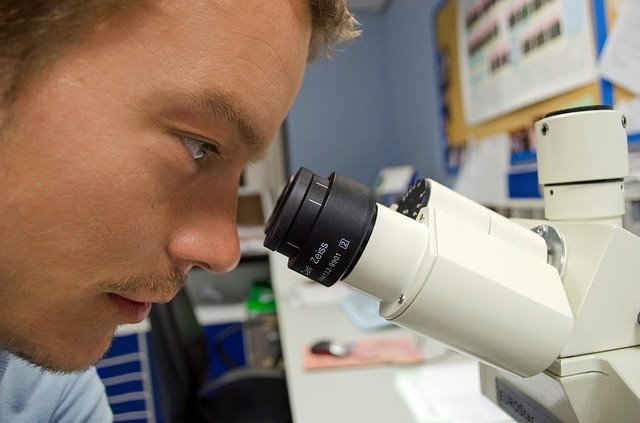The different uses of each of the four parts of hemp
All parts of a hemp plant are important and have numerous uses. No other plant has as many uses documented by research as hemp. From the roots to the flowers, through the stem and leaves, they have medical, industrial or nutritional utility.
The roots
The first allusion of the healing properties of cannabis hemp roots dates back to 77 AD, according to the Latin naturalist Pliny the Elder described in his work Natural Histories.
Hemp roots have great medicinal value. For thousands of years hemp roots have been used to treat numerous ailments that include fever, infections, arthritis, inflammation, gout and joint pain, and as an aid to women during pregnancy.
Hemp roots can be processed in many ways. We can make juices, cooking and more. They can be used with adults, babies and animals. The roots are one of the four components of hemp and its use has been and is mostly medicinal.
Hemp roots are rich in triterpenoids and other compounds that have anti-inflammatory properties.
They can extract heavy metals from the soil which is essential because a contaminated soil can produce toxic roots and harmful plants that should not be used to make medicines or food. The main route of administration of hemp root remedies is through topical application.
The stem
Hemp stalks are one of the most valuable components of the plant. Among the most important uses we can highlight the manufacture of clothing, ropes, insulation, construction material, different textile products, paper and much more. Stems are one of the four most versatile components of hemp. Some hemp varieties are grown precisely for their stems, which can grow up to 6 meters in height in one season.
There are two types of hemp fibers, which are known as Liberian fibers. They are long and leave the stem of the plant. The fibers come from the internal fibers of the stem. Liberian fibers are the ones that best adapt to textile production, and correspond to 20-30 percent of the hemp plant’s stem. The need for these fibers was the one promoted by the primitive hemp industry before the ban.
The long Liberian fibers are divided into two groups: primary and secondary Liberian fibers.
The primary Liberian fibers are very long, rich in cellulose and poor in lignin, which makes them especially strong. They represent 70 percent of the Liberian fibers present in the hemp stem and are the ones that have the greatest value.
Secondary liberian fibers are useful but less valued. They are much shorter than the primary ones. They have high levels of cellulose and low levels of lignin. They are abundant in crops that are spaced, since this makes hemp plants grow wider by having to compete less for the sun.
According to the Stockholm Environment Institute, hemp needs half the land, less chemical fertilizers and less water than cotton to produce fabrics of the same quality. It is the most ecological option.
On the contrary, cotton is a very harmful crop and needs 50% of the world’s pesticides for its cultivation. These pesticides cause the death of bees and degrade the quality of soil and water. They are strong carcinogens that are often introduced into the food chain and finally in humans.
Leaves and flowers
The leaves and flowers have great medicinal value. With them they can be manufactured from topical products to smokable and even edible products. For thousands of years men have used hemp leaves to compost, soil amendments and even beds for farm animals. They are one of the most important components of the plant and their uses are very versatile.
Among the main applications of hemp flowers is the development of herbal products for health and beauty. As a cannabis strain it contains CBD. This cannabinoid has been proven effective in treating insomnia, digestive problems, headaches, joint pains and respiratory diseases. It also contains CBG or cannabigerol, CBN or cannabinol, and CBC or cannabichromene, among other cannabinoids.
Infusions can be prepared with dried hemp leaves. If you are tired it is advisable to take an infusion of hemp leaves. You can also prepare hot milk with hemp leaves, leaving the leaves in the milk gently boiling about 20 minutes, then strain and sweeten with honey. It is a delicious infusion for cold days.
The seeds
Hemp seeds have numerous possibilities of uses. The most important is the propagation and cultivation of new plants. From hemp seeds we can extract oil and have numerous food properties.
The seeds have many nutrients and proteins. Once processed they are placed in healthy food ingredients for humans and animals. Uses range from powdered food supplements to bread and even beer. Cooking oils, milk and dairy products in general and flour are some of the most common uses of hemp seeds.
The food created from hemp seed is perfectly balanced for human nutrition.
Hemp seeds, with their perfect balance of amino acids, oils and fatty acids, are a superfood. Proteins are used to create antibodies and help maximize nutrient absorption, maintain organs and even build muscle. Hemp seed is suitable for the needs of the human organism. Many health professionals and personal trainers consider it a supplement far superior to any other protein powder available in the market.
The oil that can be extracted from hemp seeds is extremely rich in nutrients and minerals that are highly beneficial for skin and hair.
Biofuel is one of the most researched uses by scientists
Since hemp is one of the fastest growing plants and is very beneficial for the environment, there are many researchers around the world who are studying the most important uses already known and those that are not yet known about this plant.
We have to learn to improve and increase the use of hemp and its four main components. Because the reality is that the plant has no part without industrial, medicinal and food properties.






